Chicha | The Original Beer of South America
For most people, the word beer conjures up visions of a fizzy, European-style, barley-based beverage. However that image overlooks one of the oldest brews from the Americas — Chicha. Commonly found in South America, this corn-based fermented beverage has roots that go back thousands of years.
Because corn is native to the Americas, it was only natural that Indigenous peoples used it as the base grain for their version of beer. Aside from the base, Chicha production is similar to barley-based brews. The corn is germinated, dried, milled and boiled into a wort before being traditionally fermented in clay jars. Modern producers are more likely to use steel tanks, however, as clay jars are much less durable.
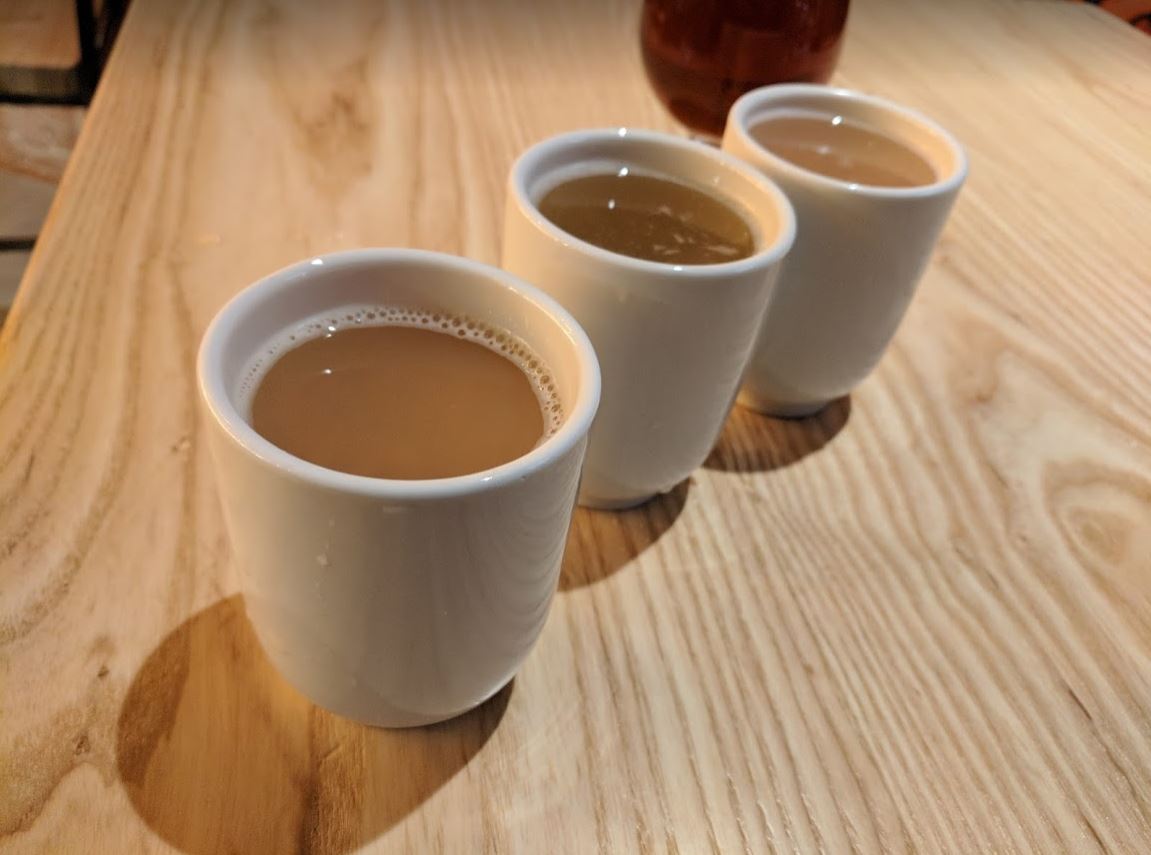
Combating Longstanding Myths
To this day the myth persists that all Chicha is made by chewing corn kernels and fermenting the resulting spit/corn mixture. This is almost entirely untrue. Virtually everything sold today has been made with mechanically-ground grain, like a standard beer. While a tiny minority of Chicha is chewed, it’s generally in remote locations and for private consumption.
Despite the facts, Chicha-makers must continually work at eliminating the chewed-corn stigma through education and common-sense explanation. From a practical point of view, “why would you spend hours and hours chewing on something when you know you can just sprout it and roast it and basically create malt?” asks Judd Belstock, owner of Dos Luces Brewery in Denver, which makes several varieties of Chicha.
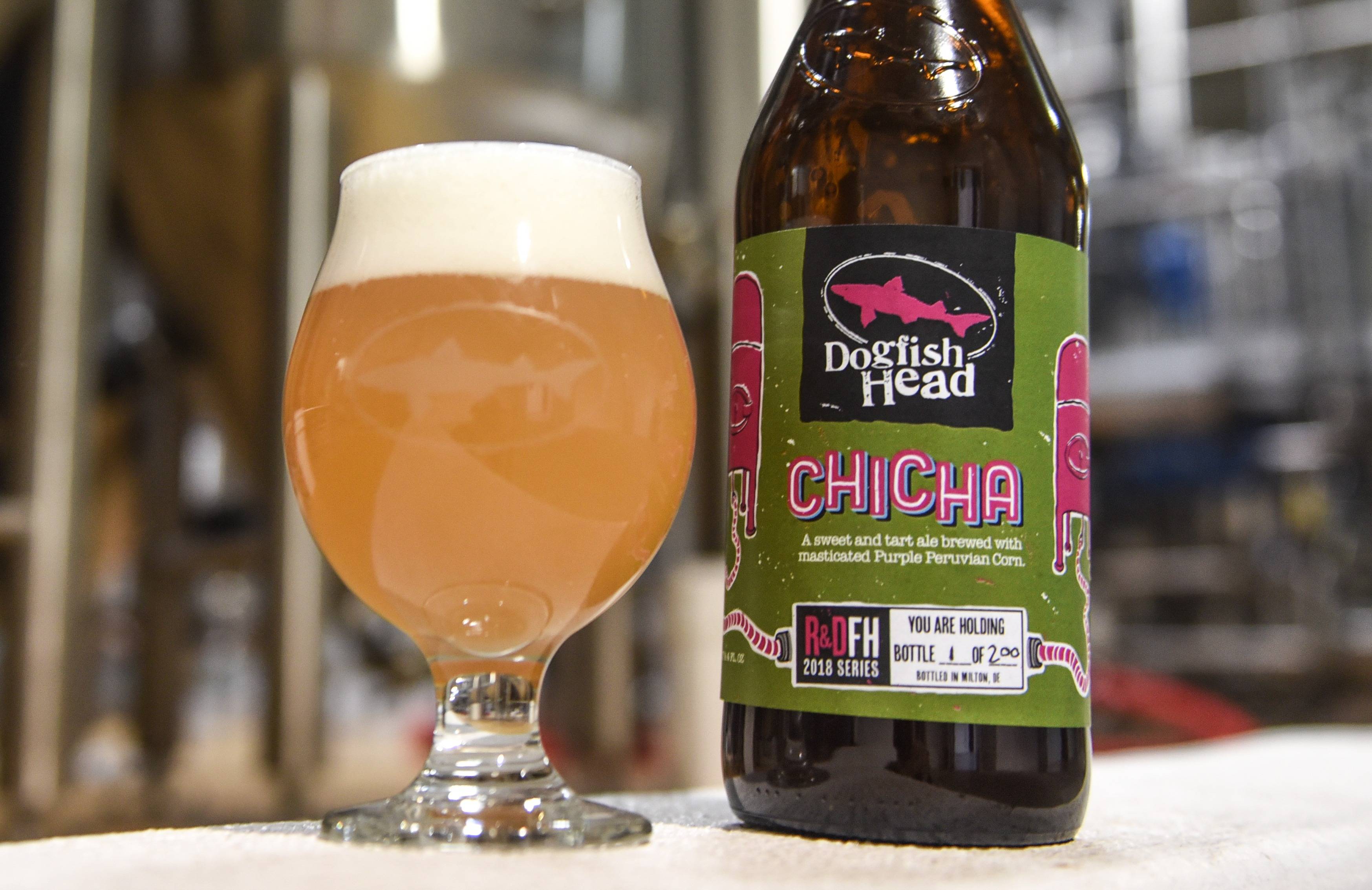
A Peruvian Specialty
While widespread across Latin America, these days Chicha is most commonly associated with Peru. Called Chicha de Jora in that country, the basic brew has a mildly sour and fruity taste. The lightly carbonated, cloudy beverage is light and mildly refreshing but not particularly flavorful. More interesting is flavored Chicha, called Chicha Frutillada. Brewers use an endless combination of fruits and spices to punch up their basic brew, with strawberry being the most common addition.
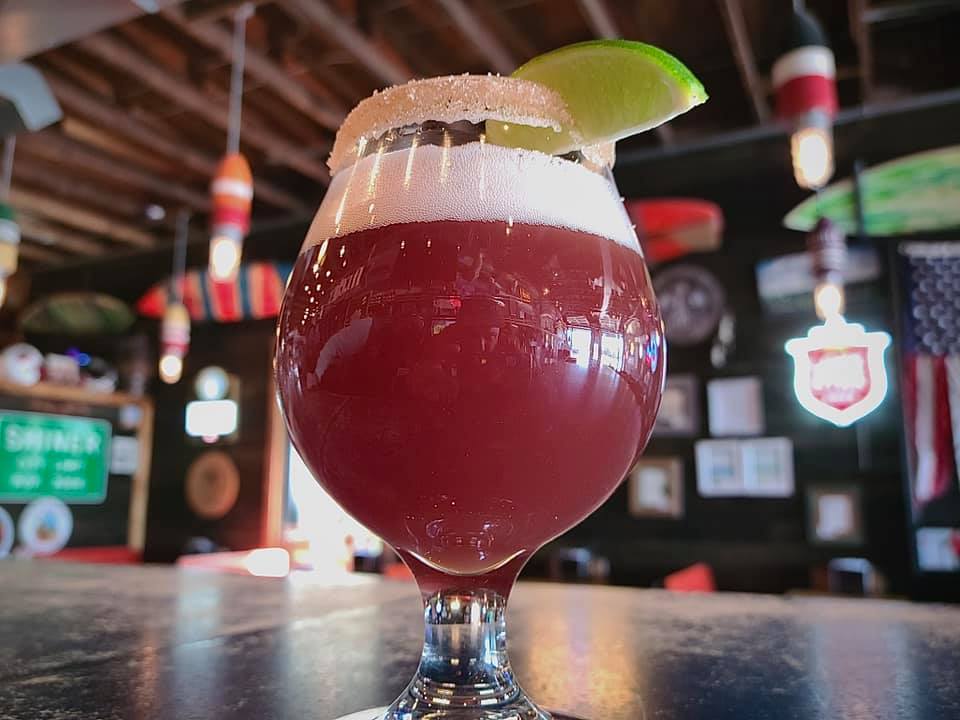
In addition to mass-produced Chicha sold in retail stores, Peru has plenty of small brewers in the countryside. These brewers put a flag outside their house when a batch is ready—white for regular, red for strawberry.
Variety in the Chicha World
That’s not to say that Chicha is unique to Peru. Virtually every South American—and many Central American—countries have their own versions. “There’s 50 different styles of Chicha throughout South America,” says Belstock, adding, “There is significant variety.” These Chichas often differ significantly from the Peruvian style. For example, Venezuelan Chicha is rice-based, while in Argentina and Chile you’re likely to find Chicha made directly from strawberries.
Nonalcoholic Versions Too
If you’re looking for a buzz, just be sure you get Chicha de Jora or Chicha Frutillada and not Chicha Morada. While delicious, Chicha Morada is a nonalcoholic beverage made from purple corn. The tasty sweet drink has a distinct grape flavor and compares somewhat to grape soda.
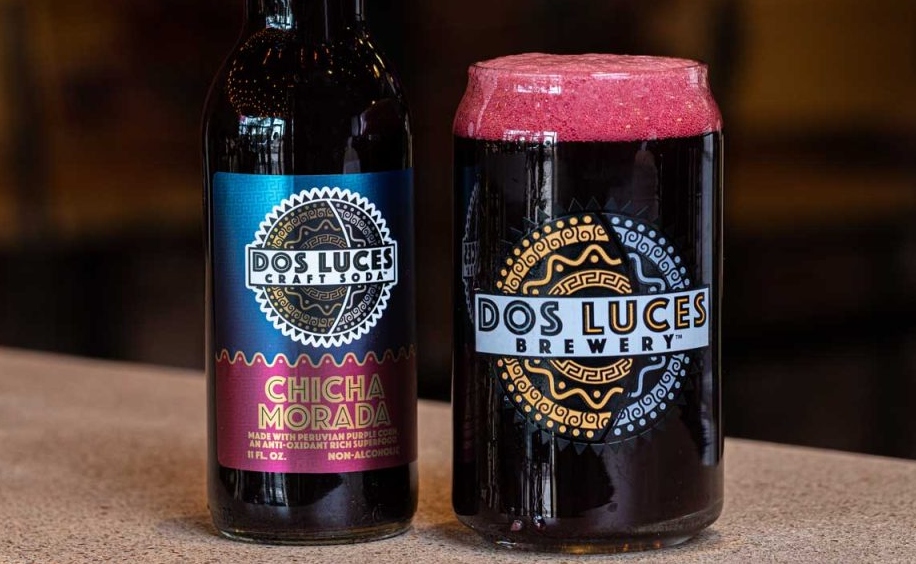
The Politics of Chicha
Similar to Pulque in Mexico, Chicha was suppressed by the colonial Spanish as part of their campaign to stamp out Indigenous traditions. This only increased as German brewers came over in the 1800s and actively bad-mouthed Chicha to influence drinking preferences toward their European-style brews. The brewers aggressively capitalized on the chewed-corn myth and are largely responsible for the enduring falsehood. They also promoted laws outlawing Chicha and requiring the use of barley.
According to Belstock, such efforts had dual purposes. Aside from the blatant attempt to build brewing monopolies, they also were designed to create additional markets for European barley. “It’s classic mercantilism, because you can’t grow barley that close to the equator so you had to buy it from Germany,” explains Belstock.
Chicha in the U.S.
Today in the U.S., drinkers are most likely to see the non-alcoholic Chicha Morada on store shelves. However, a few breweries make the occasional alcoholic batch to try something different. Dogfish Head’s experiment a few years ago making chewed-corn Chicha is particularly well-known. The brewers quickly learned what Belstock noted about the process; it’s a lot of work for little output.

Belstock’s Dos Luces, in contrast, makes Chicha and Chicha Morada using the same methods as barley-based breweries. The brewery is dedicated to traditional American brews such as Chicha, Pulque and Tepache. At the brewery’s Saturday, June 24, celebration of Inti Raymi—the Festival of the Sun—Denverites can introduce themselves to various types of Chicha.
If you can’t travel to Denver, Off Color Brewing in Chicago features a Chicha made in partnership with the Chicago Field Museum and Dyke Beer in Brooklyn is pouring Chicha Ale. Over the years, Chicha has found a place on taplists at numerous breweries across the U.S., from Vermont’s Bent Hill Brewery to Neches Brewing in Texas and Intracoastal Brewing in Florida.
While Chicha is not terribly common in the U.S., lovers of historical beers can and should definitely order one up when they see it. The brew comes with a long history and many twists and turns, and offers an interesting complement to our typical concept of beer.


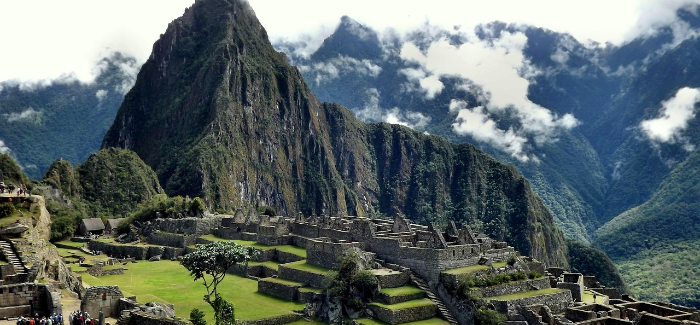

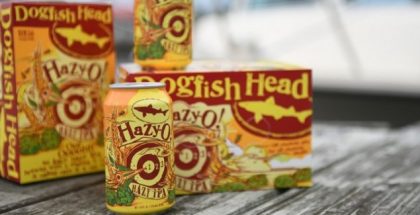



Submit a Comment